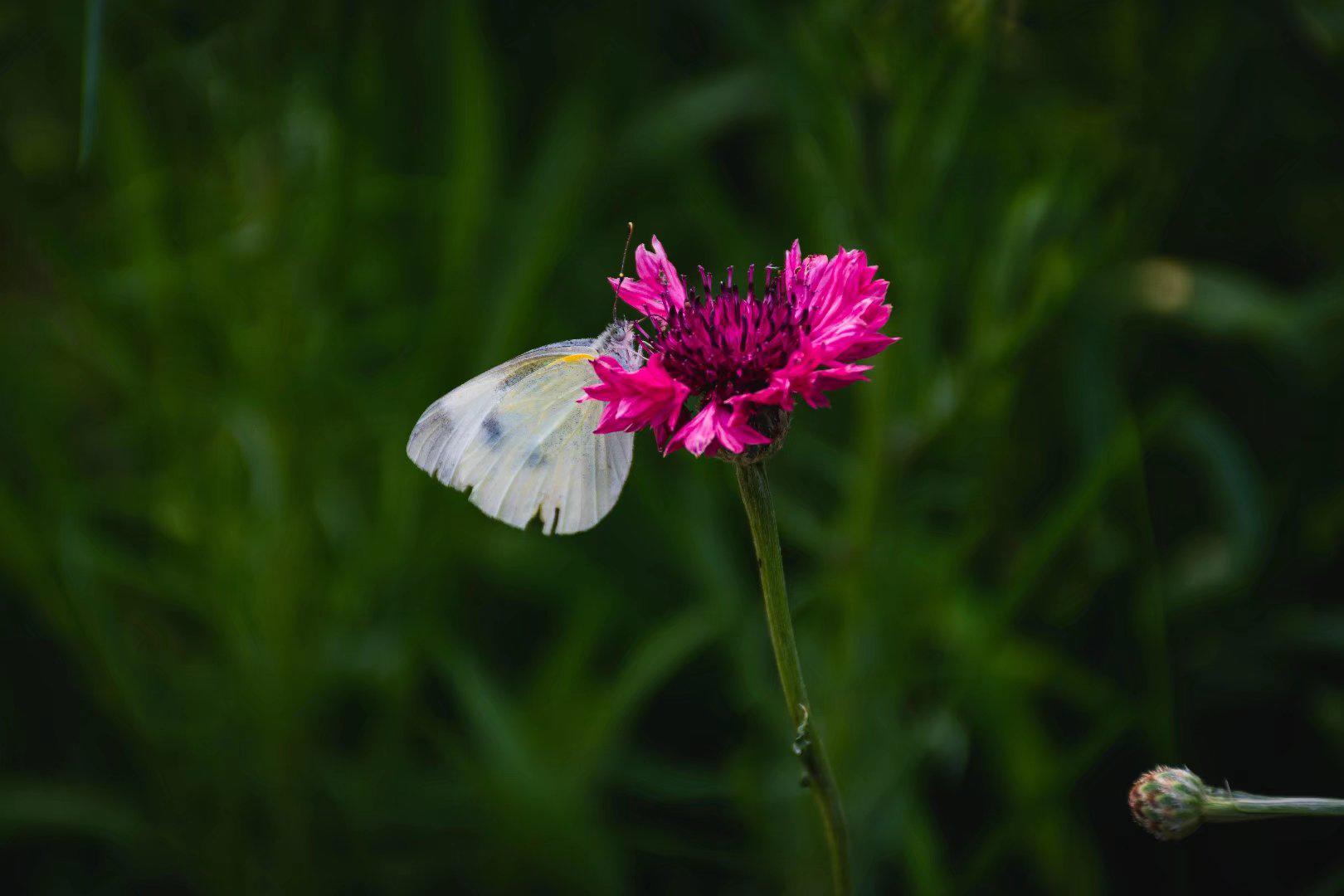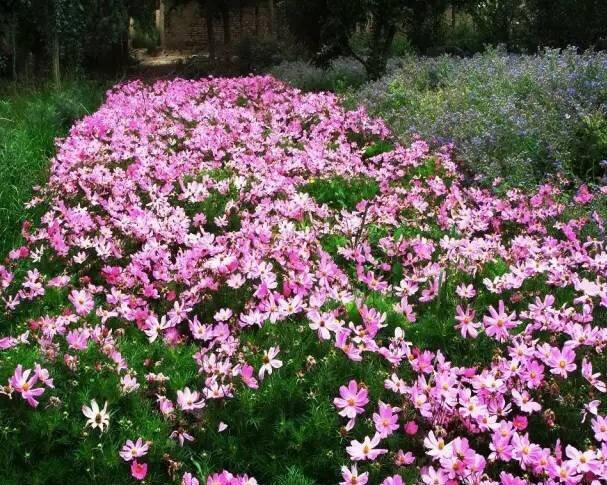Wahlenbergia, also known as the “Cobalt Bluebell,” has an interesting story. Legend has it that in ancient times, fairies used its delicate bell-shaped flowers to communicate with humans. They believed that when the flowers bloomed, it signaled the arrival of blessings and good fortune. The mesmerizing cobalt-blue color was believed to possess magical powers, warding off evil spirits. Today, Wahlenbergia continues to captivate with its enchanting beauty, serving as a symbol of hope and positive energy. Its story reminds us of the enduring connection between nature and mythology.
Picture
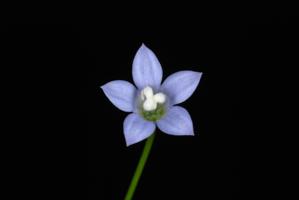
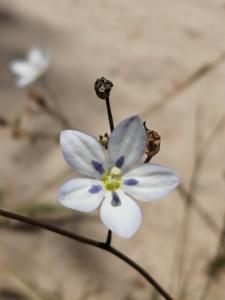
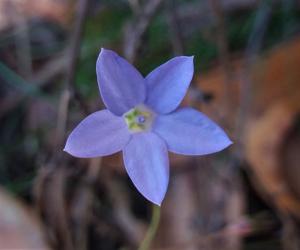
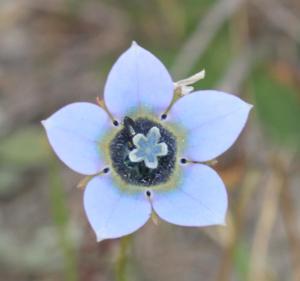
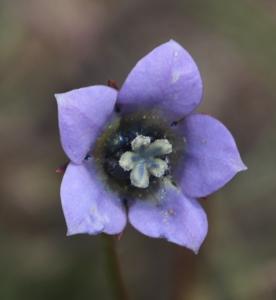
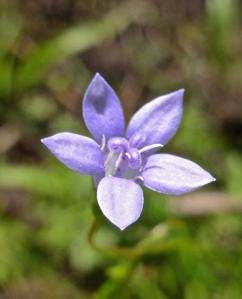
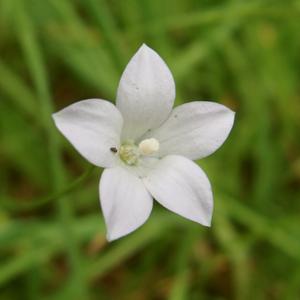
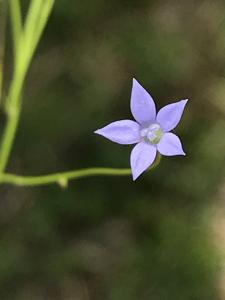
Plant some seeds now!
Short Description
Wahlenbergia is a genus of around 260 species of flowering plants in the family Campanulaceae. Plants in this genus are perennial or annual herbs with simple leaves and blue to purple bell-shaped flowers, usually with five petals lobes. Species of Wahlenbergia are found on all continents except North America, and on some isolated islands, but the greatest diversity occurs in the Southern Hemisphere.
Description
Plants in the genus Wahlenbergia are annual or perennial herbs, rarely shrubs, and sometimes have rhizomes. The stems are erect, circular in cross section and have simple leaves. The leaves decrease in size up the stem and usually have small scattered teeth on their edges. The flowers are borne on the end of the stems, either singly or arranged in a cyme. There are five sepals that remain until the fruiting stage. The petals are blue to purple and are joined at their base to form a bell-shaped or funnel-shaped tube with five lobes. There are usually five stamens, the style is often branched at the tip and the fruit is a capsule containing up to fifty seeds.

